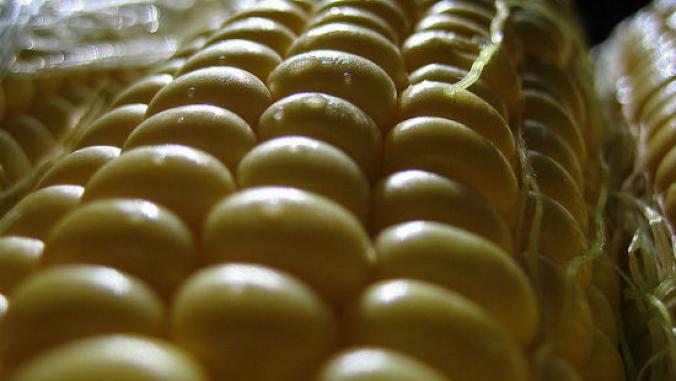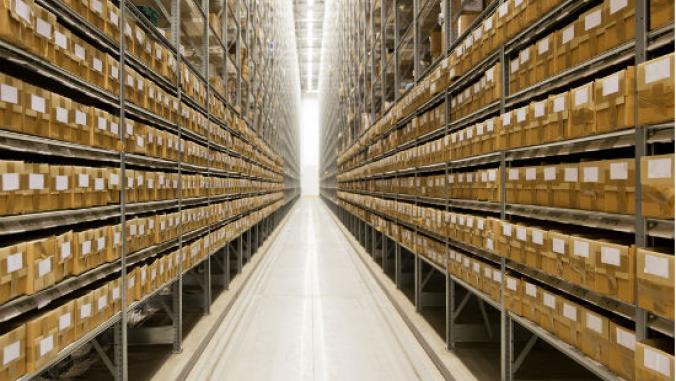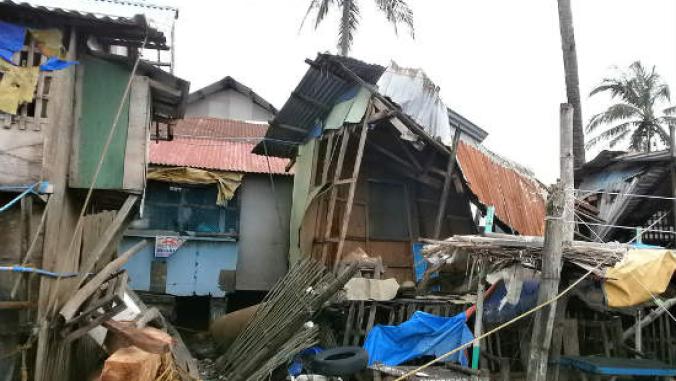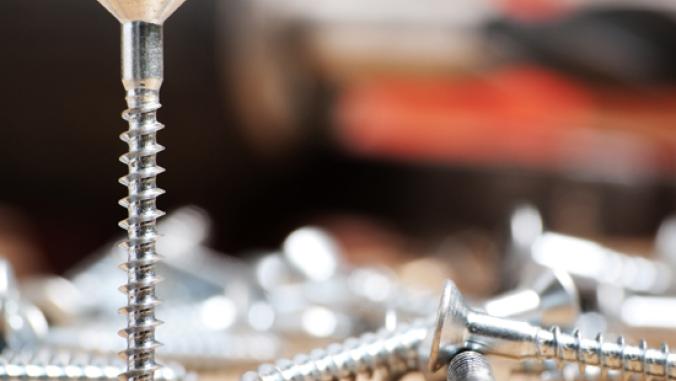Rage against the machines? Revolutionizing industrial design
<p>How do you create a "next industrial revolution" with the last revolution's machines? With tinkering, tenacity and TLC.</p>

A friend recently told me a story about a U.S. community that had signed a contract with a waste-to-energy (WTE) facility in their area. It soon became public that the details of the contract included penalties if the community failed to produce enough waste to feed the WTE facility.
The incentives to recycle and otherwise reduce waste were now completely eliminated; in fact you would pay a fine if you diverted too much waste. But from the waste company's perspective, they were not going to be a profitable, efficient producer of energy if they couldn’t lock in a reliable source of fuel. What if the problem is not necessarily the contract and the powerful incentives it creates, but that they just built the wrong machine?
In industry, when we build a capital-intensive machine, whether an incinerator or a manufacturing line, securing our return on investment means becoming really good at feeding that machine. Big machines become anchor assets around which companies build entire business strategies for as long as 30 years. So those of us interested in creating "the next industrial revolution" could gain access to a powerful leverage point if we learn more about machine design.
For this expertise, we lean heavily on John Bradford, the Chief Innovation Officer for Interface’s Americas business, who studied mechanical engineering and dreamed of building airplane engines before being lured into the carpet industry. John describes how all of the machine design he was taught rested on the assumption that raw materials would be abundant and consistent (in purity and supply).
John explains how the first industrial revolution was based on the idea that resources were abundant while labor was scarce, and the machines were designed accordingly. Engineers designed machines that extracted fossil fuel and mineral resources from the earth, then optimized them to do their work faster and more efficiently with less and less labor. A similar trend played out for the next two stages of production: refining and conversion (manufacturing finished products). But the other thing that happens faster and faster when you optimize this system is the rate at which these resources (the ones we expend so much energy to extract and refine into pure materials) end up in a mixed muddle that we call “waste.” It is estimated that in the 1970s it took about seven years for the average plastic to go from being extracted as oil to ending up as “waste” in a landfill. In 2010, this cycle was being completed in half the time (3.5 years) on average, attributable in part to increased use of disposable plastics, but more importantly to the optimization of the Take-Make portion of our Take-Make-Waste system.
Today there is widespread recognition that most resources are not as abundant (or as cheap to extract) as they once were and that using recycled materials has many benefits for reducing the energy and carbon footprint of our products. For all its optimization, our extraction of virgin materials from the earth is inherently wasteful. For most metals, a mine that generates two pounds of unrefined ore per 98 pounds of “waste” rock is doing well. Given that the concentrations of valuable materials in our municipal waste are almost always far richer than 1-2 percent, why aren’t our industrialists lining up to “mine our landfills?”
There are many factors -- including global materials commodification -- but a key, and mostly overlooked, factor stems from the second assumption John learned in designing machines: Materials must be consistent and pure. Machines and processes used in mining and refining have mostly been designed to generate a single, pure raw material stream for manufacturers, so these mining technologies are not set up to process the valuable, but incredibly mixed materials in our waste streams. On the manufacturing side, our machines are designed to use a narrow range of incredibly pure materials. For example, our original carpet tile backing line in our LaGrange, Ga., factory can utilize about two percent of the thermoplastics on the market and only at 99.5 percent purity. It cannot tolerate even the slightest deviation from the unsustainable virgin plastic it was designed to use. This is clearly a machine of the first industrial revolution.
In contrast, the machines of the next industrial revolution must be, above all, flexible: flexible enough to function with multiple inputs and flexible enough to generate multiple outputs. On the extraction side, our abundant “landfill ore” (or diverted post-consumer products) provides valuable, but mixed materials and cannot be mined efficiently with the old single-input, single-output mining technologies. The most modern recycling factories, like those of MBA Polymers and the best e-waste processors, take in a wide range of mixed waste materials and then produce a diverse range of usable raw materials as output.
On the manufacturing side, John Bradford says the machine designers of the next industrial revolution must operate with a new set of assumptions:
- Abundant materials will be impure (“contaminated” with other materials)
- Abundant materials will be inconsistent (different from one batch to the next) and variable over time
To demonstrate what this looks like in the real world, I’ll share an example from Interface. Understanding the need for more flexible machines led John and his team to create a new breed of carpet tile backing line (affectionately known as “Cool Blue”) that is intentionally designed:
- to be able to work with any thermoplastic (i.e., any plastic that melts -- over 70 percent of plastic production is thermoplastic)
- to tolerate up to 30 percent “contamination” with materials not intended for use in carpet tile backing (e.g., nylon carpet fiber)
Today, the input that’s abundant is shredded vinyl-backed carpet tile, a messy blend of vinyl, polyester, nylon fiber, fiberglass and EVA glue, but we have also made backing from many other waste streams ranging from cork to shredded trashcans (none of these experiments has resulted in a new product, yet). From a “mining” perspective, our flexible system can use nearly 100 percent of the old carpet tile we extract (about three percent goes to other industries, while the remainder becomes new carpet backing).
Visitors to our factory will note the absence of the kind of on-site waste-to-energy facility so common in manufacturing, but will instead see a series of carpet waste bins labeled “Cool Blue Food.” Building the right machine has made diverting carpet tile from the landfill (or WTE) key to the profitability of our business.
It is no longer enough to rage against the wasteful, destructive machines of the first industrial revolution. Machine redesign may not sound like the sexiest thing to non-engineers, but it may just be one of the keys to breaking industry’s dependence on unsustainable consumption of natural resources.
Viva la revolución!
Image of Eco-factory by kenjito via Shutterstock





